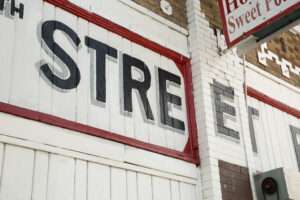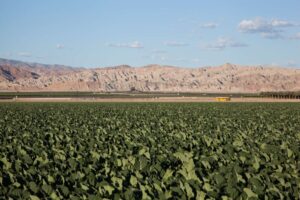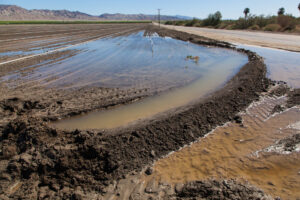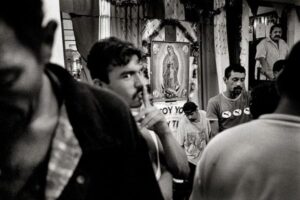
The Unique Art of Sign Painting in Los Angeles
Known for its sweet potato pies, the long-established 27th Street Bakery at 2700 S. Central Avenue, also is distinguished by its red and white exterior and painted signage, done in all caps san serif black letters shadowed in gray.



